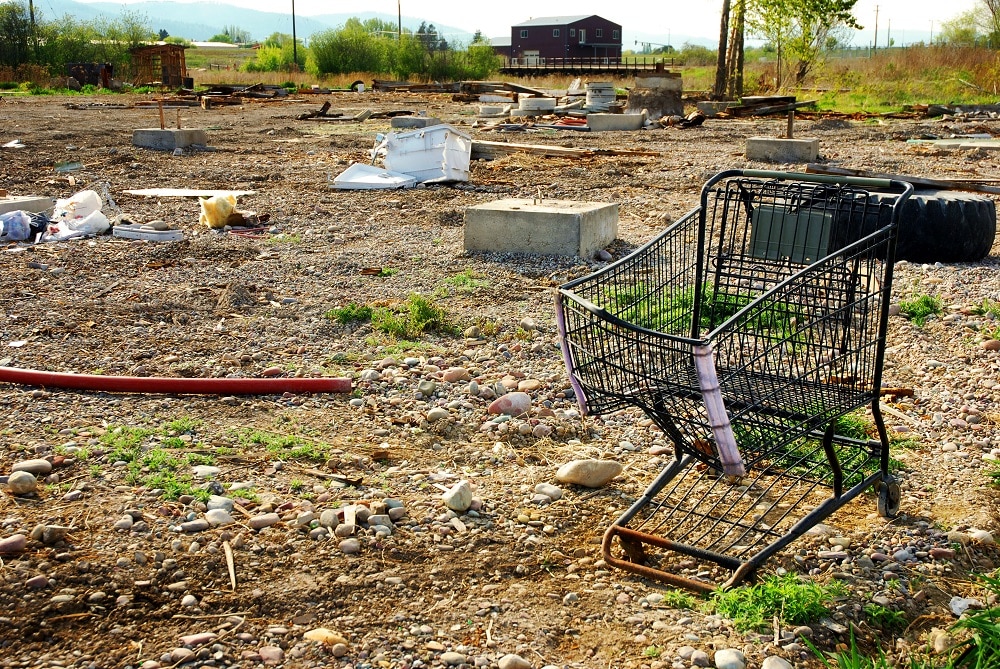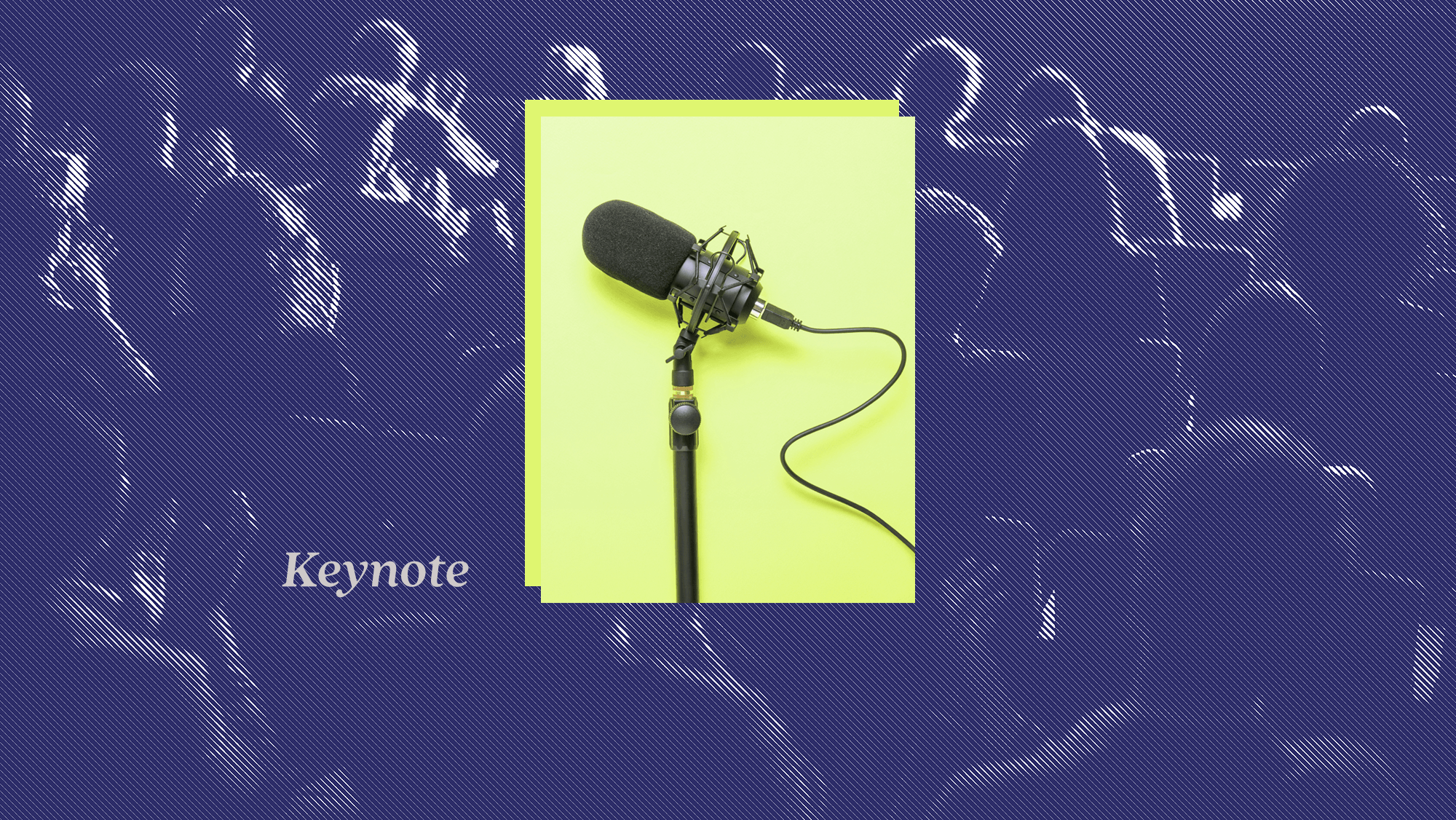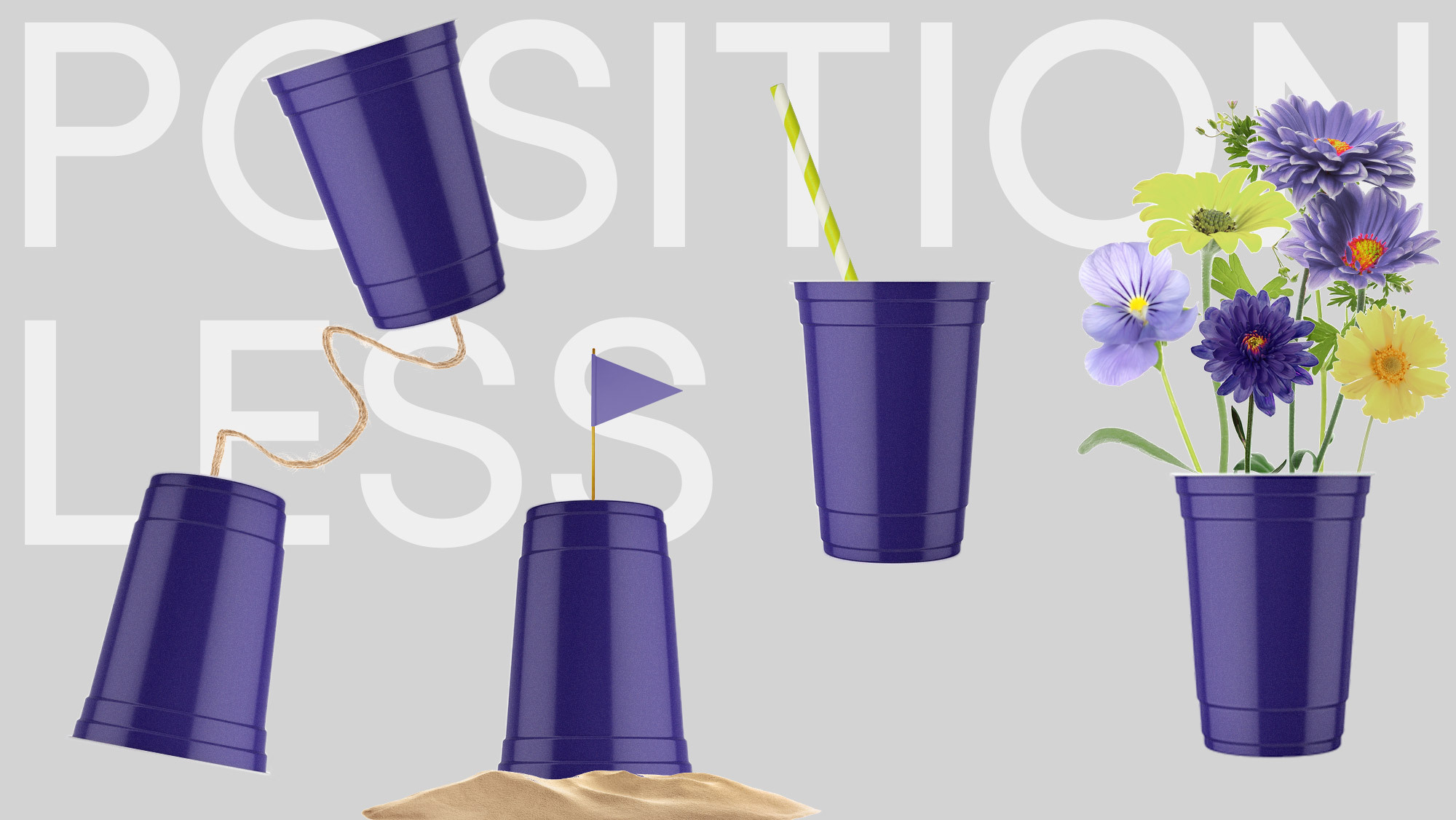
AI and the Retail Marketer’s Future
How AI transforms strategy and processes, driving the adoption of Positionless Marketing
Exclusive Forrester Report on AI in Marketing

Did you know that 75.6% of online shoppers leave websites without completing the checkout process? There are several reasons users abandon carts, some are only there to window-shop and play pretend, some are still doing research, and others become distracted or simply forget to complete the purchase. There’s even a big portion of users who had no intention of abandoning and the site bugged out on them – according to Statistia, 24% of customers cite “Website Crashed,” and 15% cite “Website Timed Out” for reasons for leaving without purchasing. Whatever the reason, the opportunity exists. With marketing automation tools, you don’t even have to stress; the system is set up to send the email for you. This is what I would call low hanging fruit. Don’t leave the money on the table. You would be surprised which big names don’t currently send abandoned cart emails. And if you are already sending the abandoned cart mail, it’s worth making sure you are maximizing the experience. Just before we go into 5 tips on how to convert these abandoned cart users, check out my previous email marketing guidelines – for building a better relationship with your customers, to transcend your welcome email stream and to celebrate your customers’ birthdays the right way. You can also check these 12 examples of cart abandonment emails on our content hub - PostFunnel. Now you’re set, let’s go:
Putting products in the email is a great way to entice the user to return. If they liked the item enough to put it in their cart, then perhaps seeing it again could nudge them into taking action. If there are 15 items in the cart, it’s excessive to show them all. So, build your template to display 1-3 products. If you have the ability, build an algorithm that shows the more popular items so that there’s a higher chance of catching the user’s attention. If you know which item they visited the most, make this the star of the email. Or, if there’s a big price drop on an item, maybe that should get more attention. Think about what will bring them back and get them excited to finish the purchase.
For the window shoppers and researchers: let them know now is the time to purchase. It could be that there was a specific item that decreased in price or a sitewide sale. Either way, these users should be told to take advantage! If you are sending a price decrease email, ensure the discount is significant and worthy of the alert.
This email should be one of the shortest ones you send. Header, thin main message/graphic, main body with a few items in the cart (remember to cap this number), followed by a recommendation engine (small 1x4 grid, for example) with a list of items that may up the chances of bringing them back—perhaps a small line about free delivery or easy returns –and then the footer. That’s it! Keep them focused on the end goal. If you want to step it up, add a call to action button to the recommendation items so that it gets them farther into the sales process and less likely to abandon again. If you don’t have a recommendation engine, use a dynamic tool (like DynamicMail) to scrape bestsellers or sale items.

Use your brand’s language and remember to be human and approachable. Talk to your users and make this email relatable. The more fun you have, like with this image above, the better the user’s mood. Hopefully, that can be the thing that pushes them over the edge and buys the item. Use colorful language in your header image, but also think about the CTA or shipping text: “Nervous about buying? Don’t worry returns are on us!” Another overlooked text is the subject line. In a few words, you can still deliver a personalized, to the point, and fun email: “Shefa, your cart is here and misses you.” Or urgent, “Shefa, your favorite items might sell out!” There are many places to inject some personality; have some fun with your emails, users appreciate the effort! Not sure what to do? A/B test and don’t sweat it. The users will tell you which version works better. I would love to hear your favorite subject/return policy lines in the comments below!
What’s the right time to approach these users? That will depend on your brand, but you don’t want to act too fast and come off as creepy or too aggressive. Alternatively, if you answer too late, perhaps they purchased something similar from a competitor. And do we add an incentive? That is the big question. If they were going to buy it anyway, then why give away money? I recommend a stream. Two or three emails sent to the user in their journey. The first: soon after the cart was abandoned for those who intended to pull the trigger right away, but didn’t for one reason or another – depending on your brand this could be 1 to 24 hours later. Next, if they didn’t make a purchase since the last email, send a gentle reminder a few days later for those on the fence. And finally, send a mailer one week later with an offer for those who need that extra push. Bonus tip - According to SaleCycle, only 36.8% of checkouts occur on mobile. This means that users still feel more comfortable using their computer than a smartphone when making a purchase. There are a few things we can do with this information. On the one hand, we can try and further push users to their desktop devices (use email and not push notification, use device targeting within emails…), push harder when the user is in a more comfortable place. Another idea is directly dealing with this problem and upgrading your mobile checkout experience. This means allowing users to check out as guests or having autofill for data you already know. In addition, look outside the cart abandonment email and consider SMS. According to Gartner, SMS has a 98% open rate and 90% are read within the first 3 minutes. This could be a really effective stop along the abandon cart journey. Why stop there? Adding push notifications or Facebook ads to target users. Whether you’ve been building emails for years or it’s your first, just remember; this is one of the most personal emails you’ll send to your users. This was triggered by their actions and with things they want. This is your chance to make a difference. Each year, retailers lose an estimated $260 billion in revenue. Take back control and make some easy cash. And always remember to enjoy the process while you’re at it!
Exclusive Forrester Report on AI in Marketing
In this proprietary Forrester report, learn how global marketers use AI and Positionless Marketing to streamline workflows and increase relevance.


Writers in the Optimove Team include marketing, R&D, product, data science, customer success, and technology experts who were instrumental in the creation of Positionless Marketing, a movement enabling marketers to do anything, and be everything.
Optimove’s leaders’ diverse expertise and real-world experience provide expert commentary and insight into proven and leading-edge marketing practices and trends.


